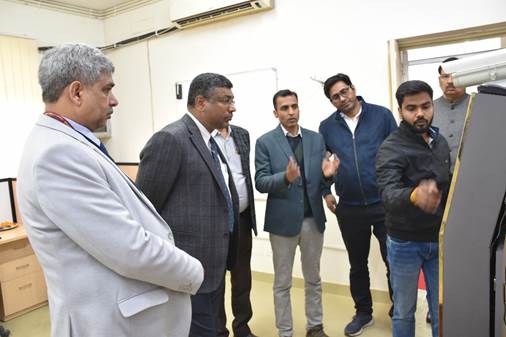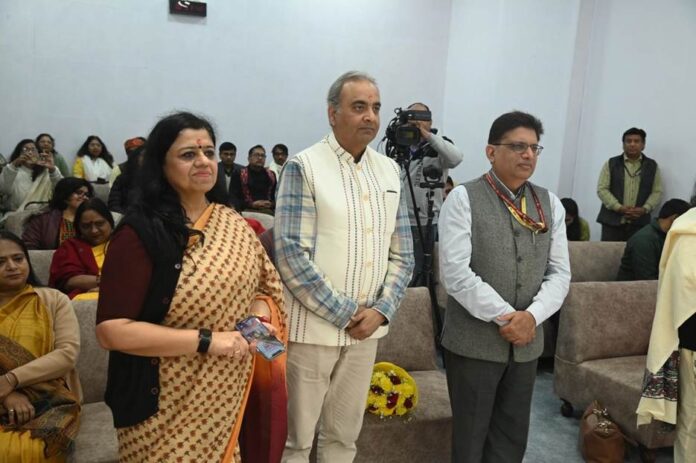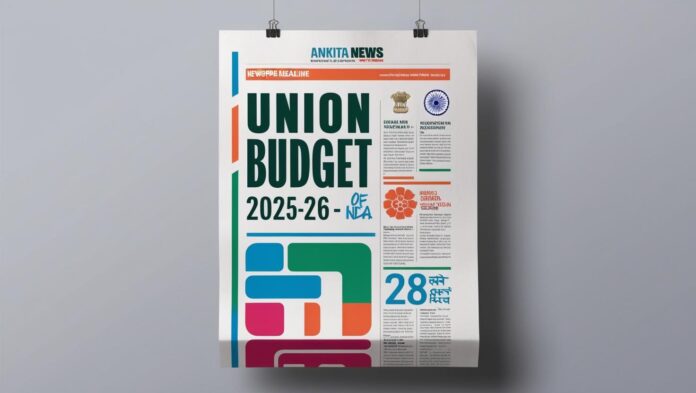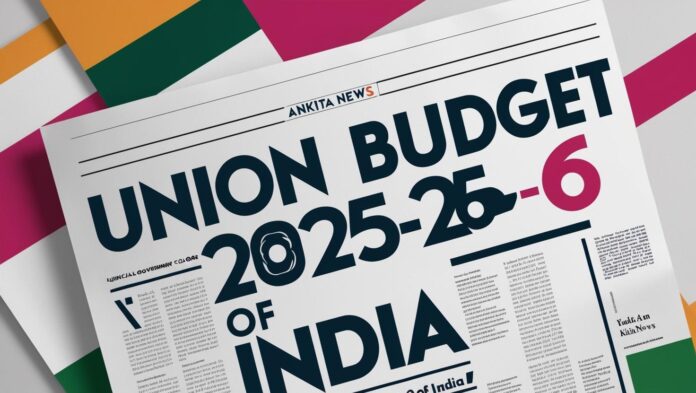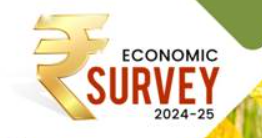Noida, February 5, 2025 – Shri S. Krishnan, Secretary of the Ministry of Electronics and Information Technology (MeitY), inaugurated the National Institute of Electronics and Information Technology (NIELIT) Centre of Excellence (CoE) in Chip Design at the Noida campus yesterday. This initiative, in collaboration with SoCTeamup Semiconductors Pvt Ltd—a DPIIT-recognized startup—marks a significant milestone in advancing India’s semiconductor design and development capabilities.
The establishment of the CoE aligns with the Government of India’s vision to strengthen the nation’s semiconductor technology infrastructure and position India as a global leader in Electronics and IT. The centre will cater to the rising demand for skilled professionals in the semiconductor and chip design industries by providing state-of-the-art facilities for research, innovation, and training in Very Large-Scale Integration (VLSI) and Chip Design.
Driving Research and Innovation
With a focus on fostering cutting-edge education, research, and industry collaboration, the CoE aims to propel India towards becoming a hub for semiconductor innovation. The centre seeks to develop a highly skilled talent pool to meet global semiconductor demands, thereby reinforcing India’s role in the global electronics and IT sectors.
During the inauguration, Shri S. Krishnan explored the Centre’s advanced facilities, including the Project Lab and Smart Classroom. The Project Lab is designed to function as a collaborative space for students, professionals, and researchers to engage in innovative chip design projects. The Smart Classroom, equipped with advanced learning tools, aims to transform semiconductor education by offering an immersive learning experience.
A demonstration of VLSI-based Intellectual Property (IP) was also showcased, highlighting the Centre’s dedication to advancing IP design and development within the semiconductor sector. This demonstration underscored the Centre’s role in building a robust knowledge base in VLSI and nurturing a talent pipeline to meet industry demands.
About NIELIT:
The National Institute of Electronics and Information Technology (NIELIT) is an autonomous body under the Ministry of Electronics and Information Technology, Government of India. It focuses on promoting education, training, and research in electronics, IT, and related technologies. The Centre of Excellence in Chip Design represents NIELIT’s ongoing commitment to technological innovation and excellence.
About SoCTeamup Semiconductors Pvt Ltd:
SoCTeamup Semiconductors Pvt Ltd is a DPIIT-recognized startup specializing in VLSI and System-on-Chip (SoC) design solutions. The company is dedicated to fostering innovation and excellence within India’s semiconductor ecosystem.
Source: PIB

